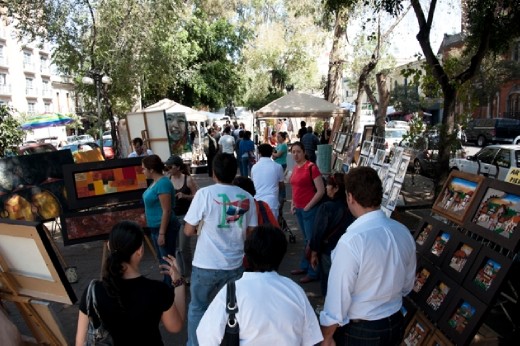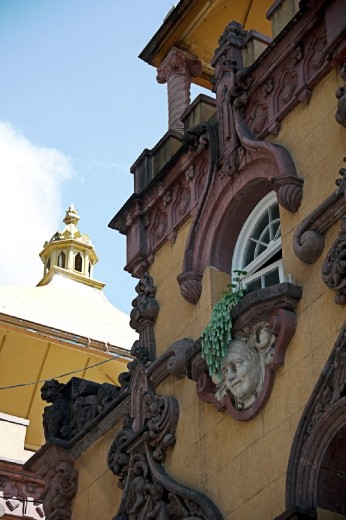Mexico City has plenty of colorful neighborhoods with rich history and particular features.
This time, I chose "La Roma", because of its landmark architecture and sparkling cultural life.
La Roma was built during the three first decades of the 20th century. It combines various architectural styles, from Art Deco to Art Noveau, neoclassical nd neo-Gothic. It was home to wealthy families
.
In the 70's and 80's, the wealthy families started moving to new, fancy american style neighborhoods in the nerby Polanco and Lomas areas. The decline was complete during the 80's, when a huge earthquake hit Mexico City, and "La Roma" suffered serious damages, as did other neighborhoods within the central area of the city. Inhabitants fleed to the suburbs and the neighborhood was left almost in ruins.

Fortunately, during the first decade of this century, La Roma was subject to a comprehensive renovation, and now is a cultural, artistic and gastronomic hub. The cosmopolitan atmosphere felt almost everywhere is at its peak along Alvaro Obregon avenue, which has a broad median in which people walk during the afternoons, and flea markets and art bazaars set shop during the weekend.


You can definitely find all kinds of cuisine in this area, but the main attraction is decidedly the architecture: there are landmark buildings that are a must for the visitor, like the Balmori building, the Parian, and the Casa de las Brujas (Witches' house). There are several boutique hotels, most of them occupy one of the 1,400 Heritage buildings in the neighborhood.

Whenever you visit Mexico City, save some time to take a walk around La Roma; its many restaurantes, shops, art galleries and attractions will make for a memorable visit.


